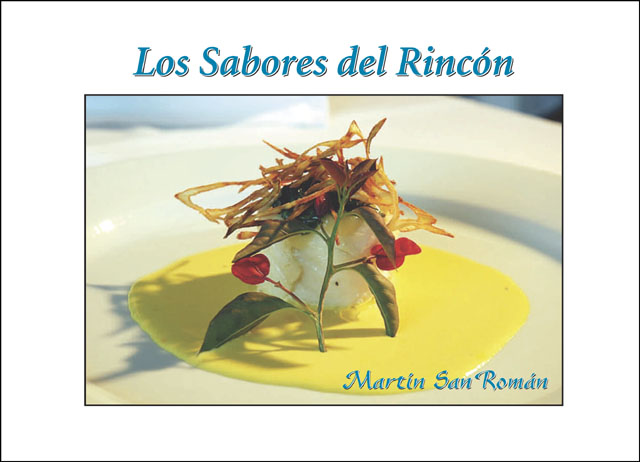
The Flavors of Rincón San Román, the first “serious” cookbook to come out of Baja, went into its second edition this year. Its recipes, which are given in both Spanish and English, come from the kitchens of the chef Martín San Román’s signature restaurants and are presented such that readers might prepare them easily at home.
Back in the mid-1980s, when San Román first started cooking in Tijuana, the town was still finding its feet in terms of cuisine. There were the obligatory “combination plate” places made famous by generations of tourists, a goodly number of seafood restaurants serving the local catch, dozens of places offering what is still called Mexicali-style Chinese food (nineteenth-century Cantonese), and a couple of fine-dining establishments that Dean Martin would be comfortable in. But there was nothing remotely like the food San Román wanted to serve, food that has come to acquire a host of misnomers such as “Baja Cuisine”.
San Román comes from Mexico City, where he grew up with all the great Mexican regional styles at his fingertips, yet he was trained in classical and modern haute cuisine by the University of Michigan, the École Ritz Escoffier, and the École Lenôtre. Today he applies the techniques of Beard, Carême, and Bocuse to the raw materials of Colonial Mexico. He refers to his work as cuisine d’auteur, for which he has both his training and gastronomical history to back him up. He is an auteur, an individual artist: he applies what he knows to what he has at hand in order to offer his customers a uniquely satisfying experience at table.





